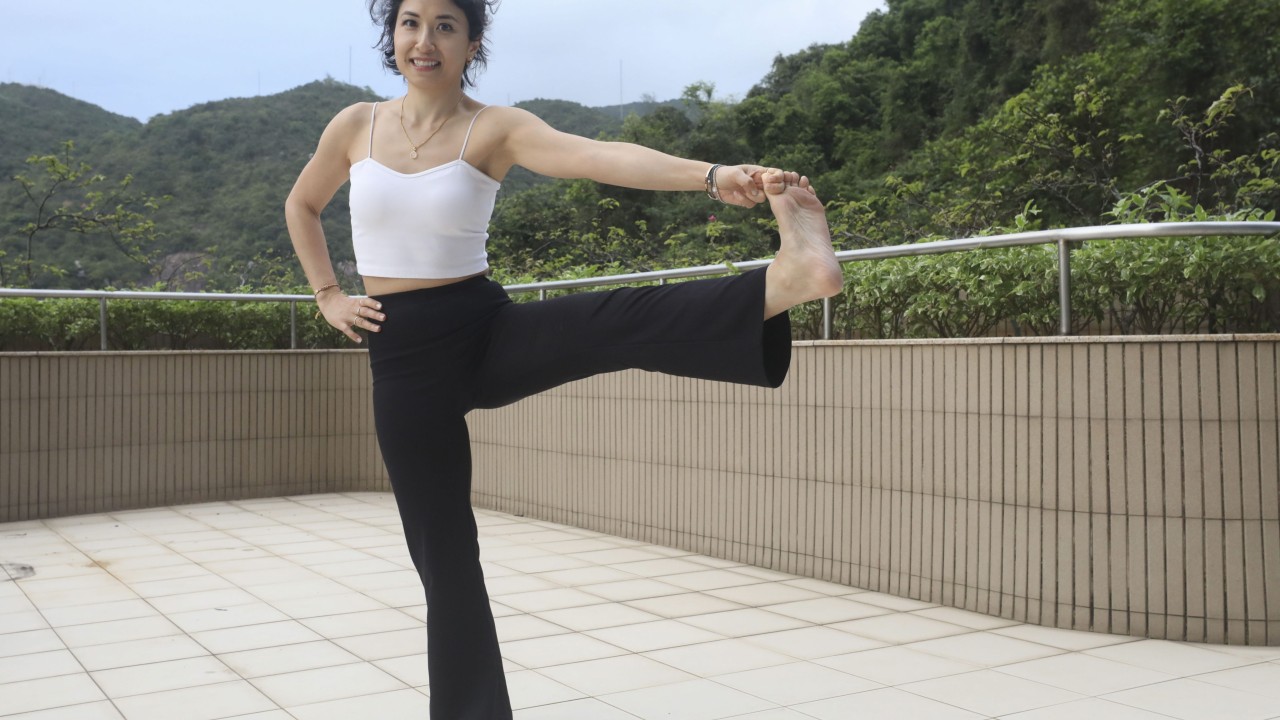On a visit to a Buddhist monastery in St Louis, in the US state of Missouri, in April, 2022, Elaine Tsang’s world turned upside down. She suffered a seizure and was rushed to hospital, where she was diagnosed with glioblastoma, the most aggressive and most common type of brain cancer. The prognosis for survival is poor.
Surgeons later removed a grade 4, fast-growing tumour the size of a tangerine. “The diagnosis came as a shock to me. I had gone with my family to visit the monastery that I grew up visiting as a part of my Buddhist faith,” says Tsang, a trained psychotherapist and former marketing executive in her mid-thirties, who was born in Hong Kong, grew up in St Louis, and now divides her time between the two cities with her husband.

“There had been signs that something was wrong,” she recalls. “I lost my peripheral vision on the right side a year before I was diagnosed and ignored it. I had a blackout in Sheung Wan MTR station [in Hong Kong] a few months before.
” Tsang’s doctor warned that after surgery there was a chance she would be unable to walk or talk again, and could suffer memory loss. “I felt numb listening to my doctor while my family tried to make sense of it. I had to make a choice to go forward with the surgery or not,” she says.
“I had waited too long to listen to my body, and without the operation it could have been immediate death.” Fortunately, after the operation the only brain damage Tsang has experienced is a 10-second word-re.























